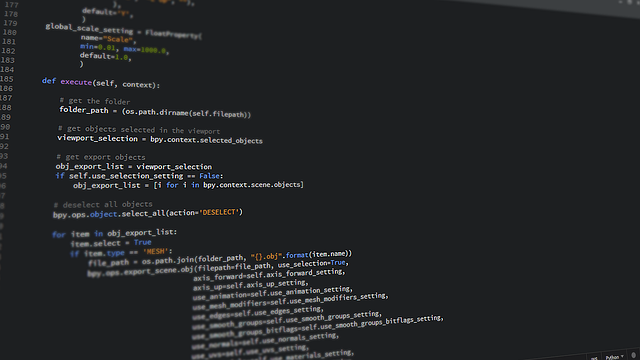Ethereum, a decentralized platform, offers a myriad of possibilities with its smart contracts. Among its extensive roster of contract standards, the ERC-1967 stands out for its unique properties and use cases. In this guide, we aim to elucidate the nuances of ERC-1967 contracts, assisting developers and users in leveraging their capabilities to the fullest.
Origins and Background of ERC-1967
Ethereum Request for Comment (ERC) standards play a pivotal role in ensuring uniformity and interoperability. The ERC-1967 standard, in particular, stems from a need to modernize and enhance previously existing proxy patterns. This evolution provides a more streamlined approach to address handling and forwarding, making it essential for developers keen on optimal Ethereum dApp development.
Key Features of ERC-1967
Storage Layout
One of the signature characteristics of ERC-1967 contracts is their consistent storage layout. This feature ensures that future upgrades retain data cohesiveness, preventing the disruption of stored data during transitions.
Flexible Upgrade Mechanism
With ERC-1967, developers can seamlessly transit to newer contract versions. This flexibility is fundamental for dApps that require frequent iterations and updates without dislodging their user base.
Enhanced Security
A constant challenge in the blockchain sphere is ensuring top-notch security. ERC-1967 contracts address this by incorporating additional checks and balances, which drastically mitigate risks of vulnerabilities and potential attacks.
ERC-1967 In Practice: Implementation Details
Address Storage
For those diving into the implementation intricacies, the contract address storage often sits in a specific slot:
bytes32 internal constant _IMPLEMENTATION_SLOT = 0x360894a13ba1a3210667c828492db98dca3e2076cc3735a920a3ca505d382bbc;This ensures a constant location for address referencing, fostering consistency across different contract versions.
Forwarding Functionality
A cornerstone of ERC-1967 contracts is their ability to forward calls. The typical pattern resembles:
function _fallback() internal {
_willFallback();
_delegate(_implementation());
}Conclusion: Why Choose ERC-1967?
In the vast ecosystem of Ethereum contracts, ERC-1967 emerges as a contemporary solution for developers seeking a mix of upgradeability, consistency, and security. By understanding and utilizing its features, developers can craft more resilient and adaptive dApps for the Ethereum community.
FAQs
Q: What distinguishes ERC-1967 from other Ethereum contract standards?
A: ERC-1967 offers a unique blend of upgradeability, consistent storage layout, and enhanced security, making it a preferred choice for many modern dApp developers.
Q: Can I migrate from an older contract standard to ERC-1967?
A: Yes, migration is feasible, but it requires careful handling to ensure data integrity and seamless user experience.
Q: Is the ERC-1967 standard universally accepted?
A: While it's gaining traction, developers should assess their specific needs and the requirements of their user base before committing to any contract standard.


